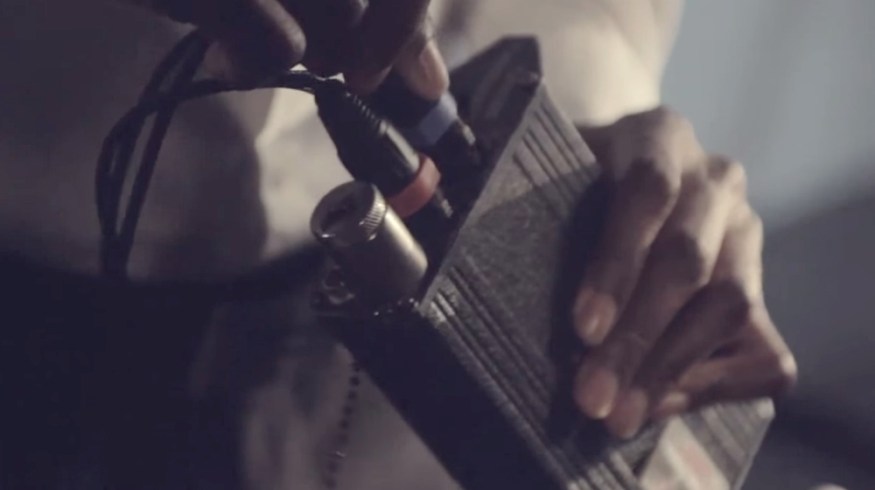
How to Capture High Quality Audio for Low Budget Films
You don’t have to sacrifice quality when capturing audio for low budget films. Find out how to record pro sound with this collection of educational and informative videos.
As we’ve said a thousand times, not everyone has a massive budget. More times than not, you’re trying to squeeze every last penny you can out of what meager funds you do have. Fortunately, there are a lot of great resources out there for filmmakers and videographers with low budgets. Scary Cow has a great article on their site that gives you the rundown on Recording Amazing Audio for Your Low Budget Short Film. It’s pretty essential reading. We’ve reviewed all of their suggestions and agree immensely with what they are suggesting.
Basics of Sound Design and Audio
As filmmakers, we have to be constantly aware of our audio — especially for documentary work, as there are no retakes. To help you get on your way to capturing professional audio, we present you with a few videos and tutorials that you should be aware of. First up is a great lesson on the basics of audio from Filmmaker IQ.
Here’s a great sound design tutorial from Lights Film School that goes over the full process of sound design for a film. This tutorial is specifically tailored toward indie filmmakers. You can view Lights Film School’s sound design course here on their website.
Dual Audio System and Syncing
As Scary Cow mentions in the first section of their article, DSLRs have the capacity to capture great video. However, capturing audio is a completely different story. A better solution would be to utilize a Zoom H6 or Tascam DR-40 with a Rode NTG2. You can then use the scratch track audio from the camera to help sync up the field recorder audio in a program like PluralEyes 3.5. Here is a video from createasphere on how to shoot using a dual audio system with a DSLR.
And for help with PluralEyes, Red Giant has a tutorial on how to get started.
Film Riot Audio Series
Ryan Connolly of Film Riot has a great video series set that runs through the History of Audio, the three main types of microphones, and post-production work for foley and ADR. Here’s the video on the history of audio.
Next is a breakdown on the three types of production mics. While, as Connolly states, you won’t find a lot of use for the handheld dynamic mic, the shotgun mic and the lavalier mic will be your best friend. I use lavaliers on both documentary and fictional films as they tend to capture the best dialogue audio you can get.
Another great thing about lavs is the fact that they’re small and you can hide them in the shot. I like to have my doc subjects or actors hide them just under their shirt, close to the collar. The lav is secured to the clothing by using a piece of gaffer tape, which allows the clothing itself to act as a windscreen. See this video from izzyvideo to learn a few different ways to hide lav mics.
Next, Film Riot goes over the process of creating foley for your project. Connolly gives you some tips and tricks on how to get the sounds you want using the editing system you have, provided you don’t have access to software like Pro Tools of Logic X.
Now for this last video, Connolly takes us through the process of ADR. It’s going to happen at one point or another. You’re on location and you’re capturing great sound, but when you get into post you hear that something went wrong. If there just isn’t any way to clean it up, you’ll want do automated dialogue replacement or ADR. Be sure to have a condenser mic, pop filter, and headphones at the ready.
For more in-depth info on audio for low budget films and the process of filmmaking, take a look at these articles:
- 10 Crucial Pieces of Audio Gear Under $500
- Audio Tips for DSLR Filmmakers
- Audio Tips and Tricks: Removing Echo and Reverb
Know of any other tips for capturing professional audio? Sound off in the comments below!





